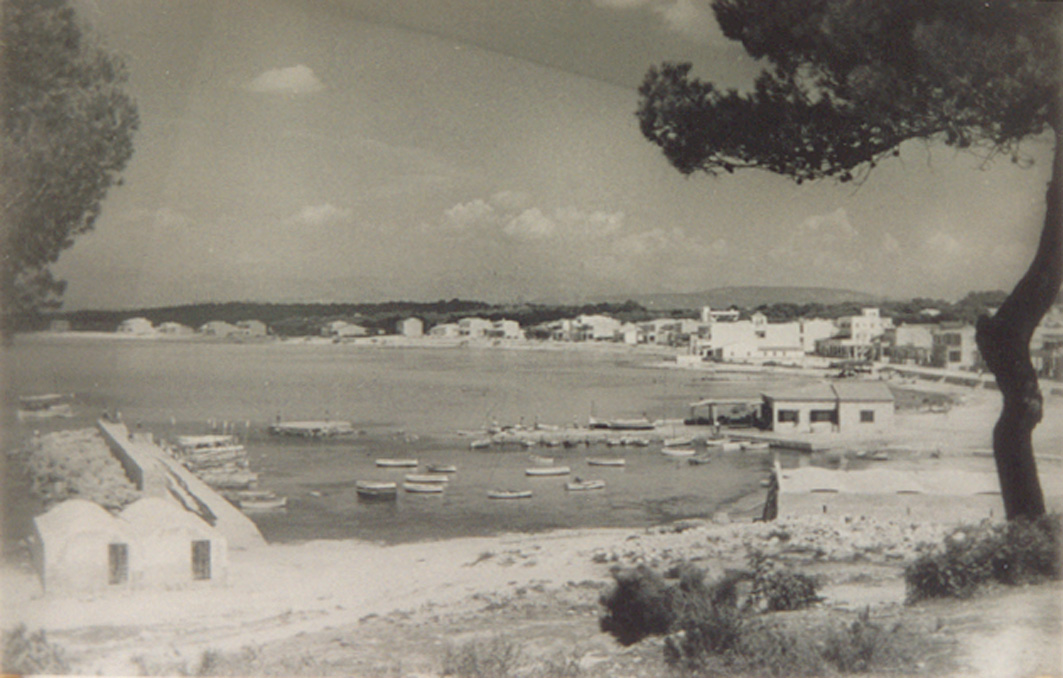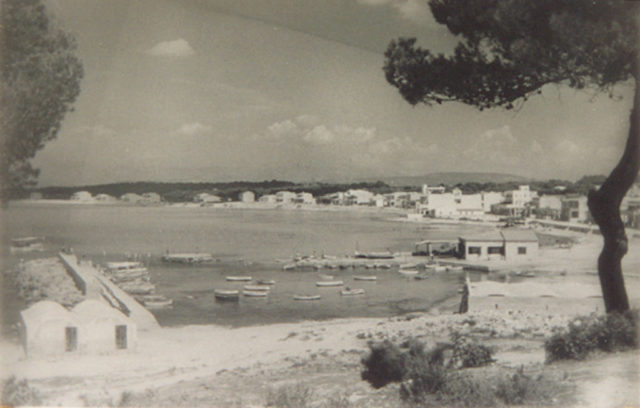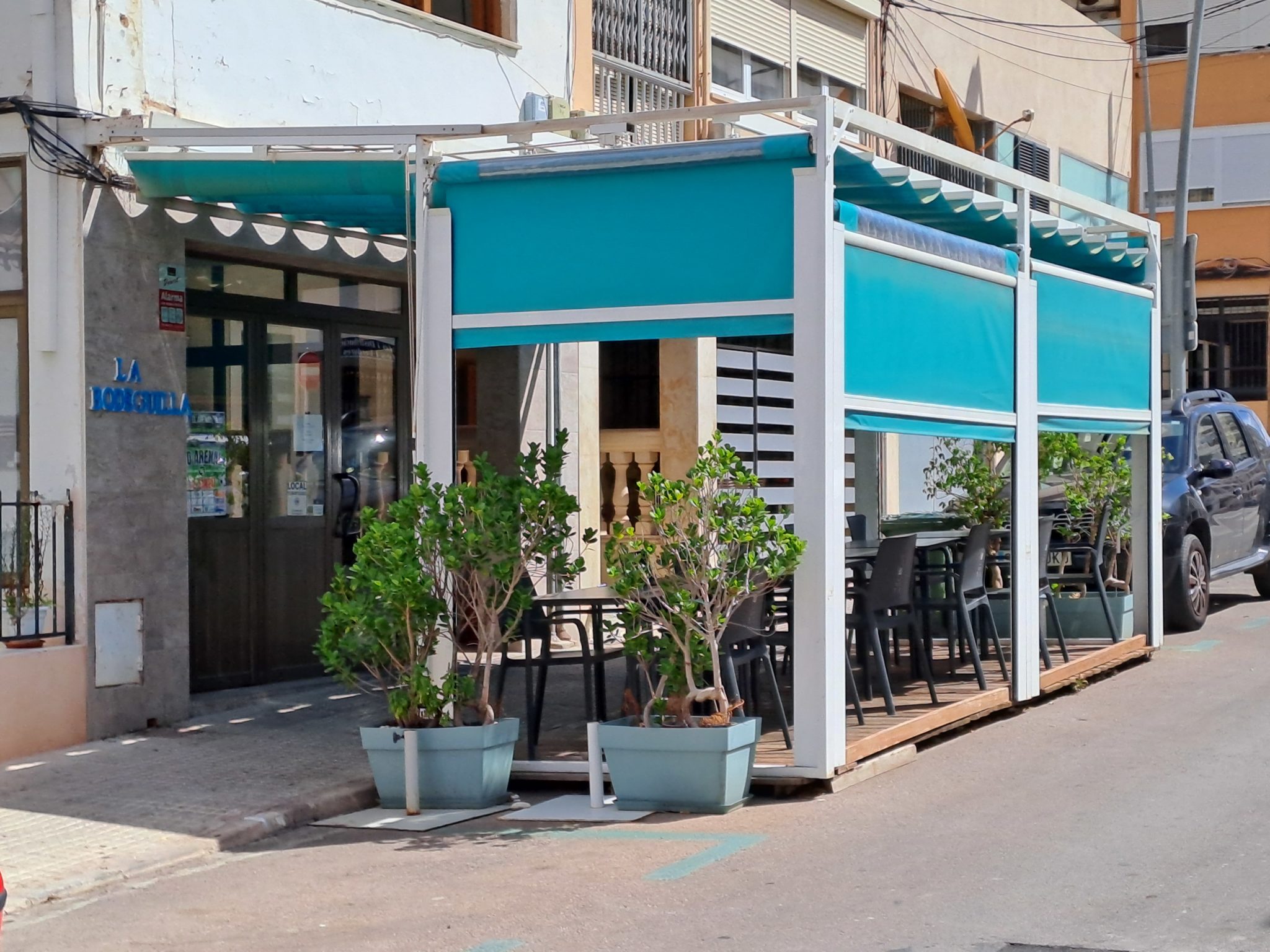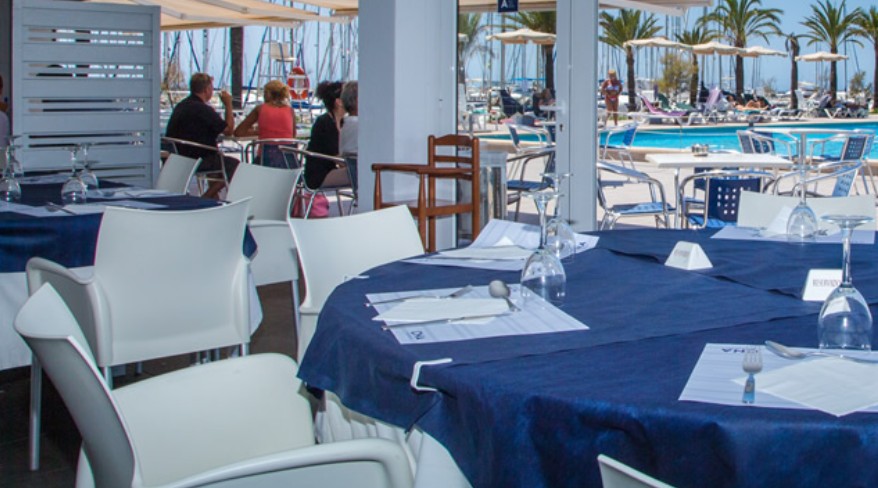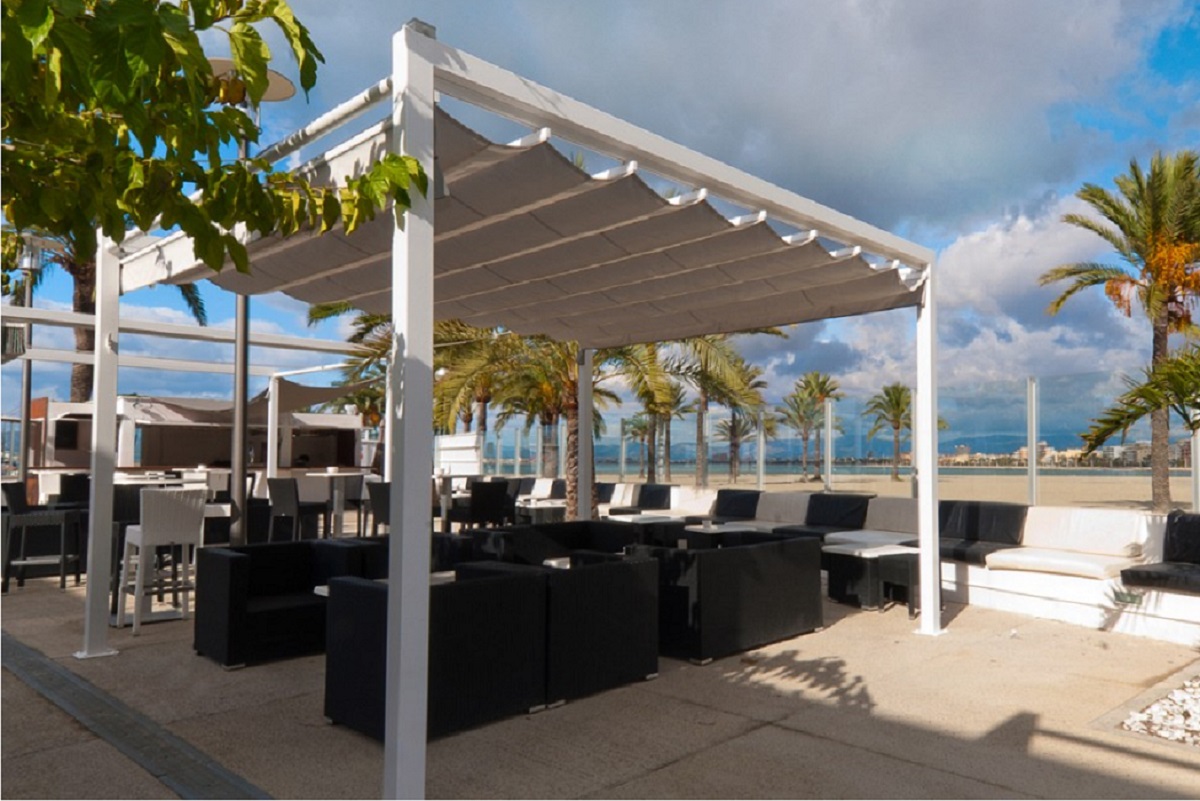The birth of s’Arenal de Llucmajor can be dated approximately to 1887, based on two major events: the opening of a section of public road connecting with the Palmer road, which allowed residents of Llucmajor to reach the beach directly, and the start of the subdivision of the surrounding rural estates, which gave rise to plots and orchards.
The opening of the new road known as s’Algar was carried out, among other reasons, to make it easier for farmers, who regularly came to collect leaves of Posidonia oceanica (commonly called seaweed) for agricultural and livestock use, to reach the sea more directly. At the same time, interest in sea bathing was growing, attracting more visitors to the beach.
The subdivision of the large coastal estates laid the foundation for later urban development. Although the plots were sold to people of various origins and interests, over time stonecutters settled there, working in the many marès (sandstone) quarries nearby. Thus, the population consisted of stonecutters (trencadors), some fishermen, day laborers, and others in complementary trades, along with those who owned summer houses.
At a small pier, boats were loaded with extracted marès and unloaded raw gypsum brought from the other side of the bay, which was baked and ground in s’Arenal’s mills. The structure of one of these mills still remains in the upper part of s’Arenal.
Near the mouth of the torrent des Saluet, a modest club was founded in 1952 to create a sport fishing port, which was expanded (in 1969 and 1982) to reach its current shape.
To serve the growing local population, construction began around 1896 on the church of Our Lady of Lactation (Ntra. Sra. de la Lactància), built atop a marès rock formation known as es Fossar. The later expansion (1971) with a new temple in front altered its original appearance, removing the staircase that once led up from the road to the old chapel, though the rest of the building was preserved.
Since 1871, the first permits to build summer houses were issued. Designs followed a specific typology: ground-floor houses, at most one story high, with a porch or front terrace. Many examples can still be found today. The first hotel in the area, opposite the yacht club, was the Terminus, inaugurated in 1916 with 4 rooms. The second, opened in 1956, marked the beginning of the tourism industry.
The town was connected by railway to Palma and Llucmajor from 1916 to 1964, via the line to Santanyí. It also had, from 1921 to 1941, a combustion-engine tram from Coll d’en Rabassa (Palma) whose tracks ran across the dunes of this still-virgin beach. This tram was known as es Carrilet.
The most radical transformation came with the tourist boom of the 1960s. The now-mechanized quarries operated 24 hours a day to supply building materials. The decline of Llucmajor’s shoe industry redirected investment toward the coast. The construction of ever-larger tourist facilities, summer residences, and housing for hospitality workers reshaped the urban landscape of s’Arenal into what we see today.

